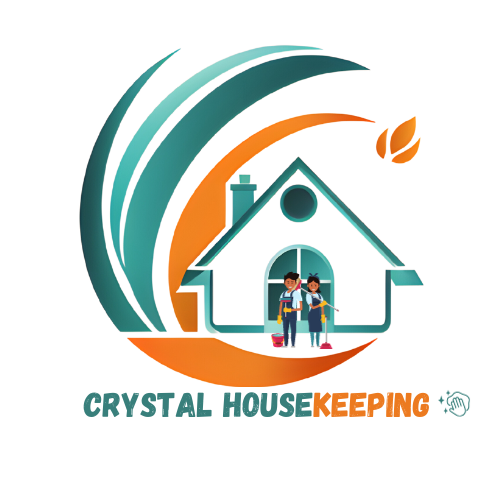Green Cleaning for Spring: Eco-Friendly Tips and Tricks for a Sustainable Home
As the last wisps of winter’s chill dissipate, spring’s arrival brings with it the promise of renewal and rejuvenation. For many of us, this season of rebirth is also a time for deep cleaning and decluttering our homes. But before you reach for those harsh chemical-laden cleaning products, consider the environmental impact of your spring cleaning routine. This season, make the switch to green cleaning and create a sustainable, eco-friendly home that’s as healthy as it is clean.
Why Go Green?
Traditional cleaning products can contain a cocktail of toxic chemicals that not only harm the environment but also pose health risks to you and your family. These chemicals can contaminate waterways, harm wildlife, and even contribute to indoor air pollution. By switching to eco-friendly cleaning products and methods, you can:
- Reduce your carbon footprint and contribute to a healthier planet
- Create a safer, healthier indoor environment for you and your loved ones
- Save money on cleaning products and reduce waste
- Support sustainable and responsible manufacturing practices
Eco-Friendly Cleaning Tips and Tricks
- Make Your Own Cleaning Solutions: Many common household items, such as baking soda, vinegar, and lemon juice, can be used to create effective and eco-friendly cleaning solutions. For example, mix equal parts water and white vinegar in a spray bottle to create a natural all-purpose cleaner.
- Choose Eco-Friendly Cleaning Products: Look for products that are labeled as "non-toxic," "biodegradable," or "phthalate-free." Some popular eco-friendly brands include Seventh Generation, Ecover, and Dr. Bronner’s.
- Use Microfiber Cloths: Microfiber cloths are a game-changer for green cleaning. They can be used with water alone to clean surfaces, reducing the need for chemical-based cleaning products.
- Declutter and Organize: A cluttered home can be a breeding ground for dust, dirt, and allergens. Take the time to declutter and organize your space, and make sure to donate or recycle items you no longer need.
- Use Natural Disinfectants: Instead of reaching for bleach or other harsh disinfectants, try using natural alternatives like tea tree oil or essential oils.
- Create a Cleaning Schedule: Break down your cleaning tasks into smaller, manageable chunks, and schedule them throughout the week. This will help you stay on track and maintain a clean, eco-friendly home.
- Use Energy-Efficient Cleaning Tools: Consider investing in energy-efficient cleaning tools, such as a cordless vacuum or a steam mop, which can help reduce your energy consumption and carbon footprint.
Spring Cleaning Tasks Made Eco-Friendly
- Dusting: Use a microfiber cloth and water to dust surfaces, or try using a natural dusting spray made from olive oil and lemon juice.
- Window Cleaning: Mix equal parts water and white vinegar in a spray bottle, and use a lint-free cloth or microfiber cloth to clean windows and mirrors.
- Carpet Cleaning: Instead of using harsh chemical-based carpet cleaners, try using a natural carpet cleaner or renting a steam cleaner.
- Kitchen Cleaning: Use a natural all-purpose cleaner and a microfiber cloth to clean countertops, sinks, and faucets.
- Bathroom Cleaning: Use a natural disinfectant and a microfiber cloth to clean the toilet, shower, and sink.
Conclusion
As you embark on your spring cleaning journey, remember that every small change you make can have a significant impact on the environment and your health. By incorporating these eco-friendly tips and tricks into your cleaning routine, you’ll be creating a sustainable, healthy home that’s perfect for the new season. So ditch the harsh chemicals, grab a microfiber cloth, and get ready to greet spring with a green and clean home!
